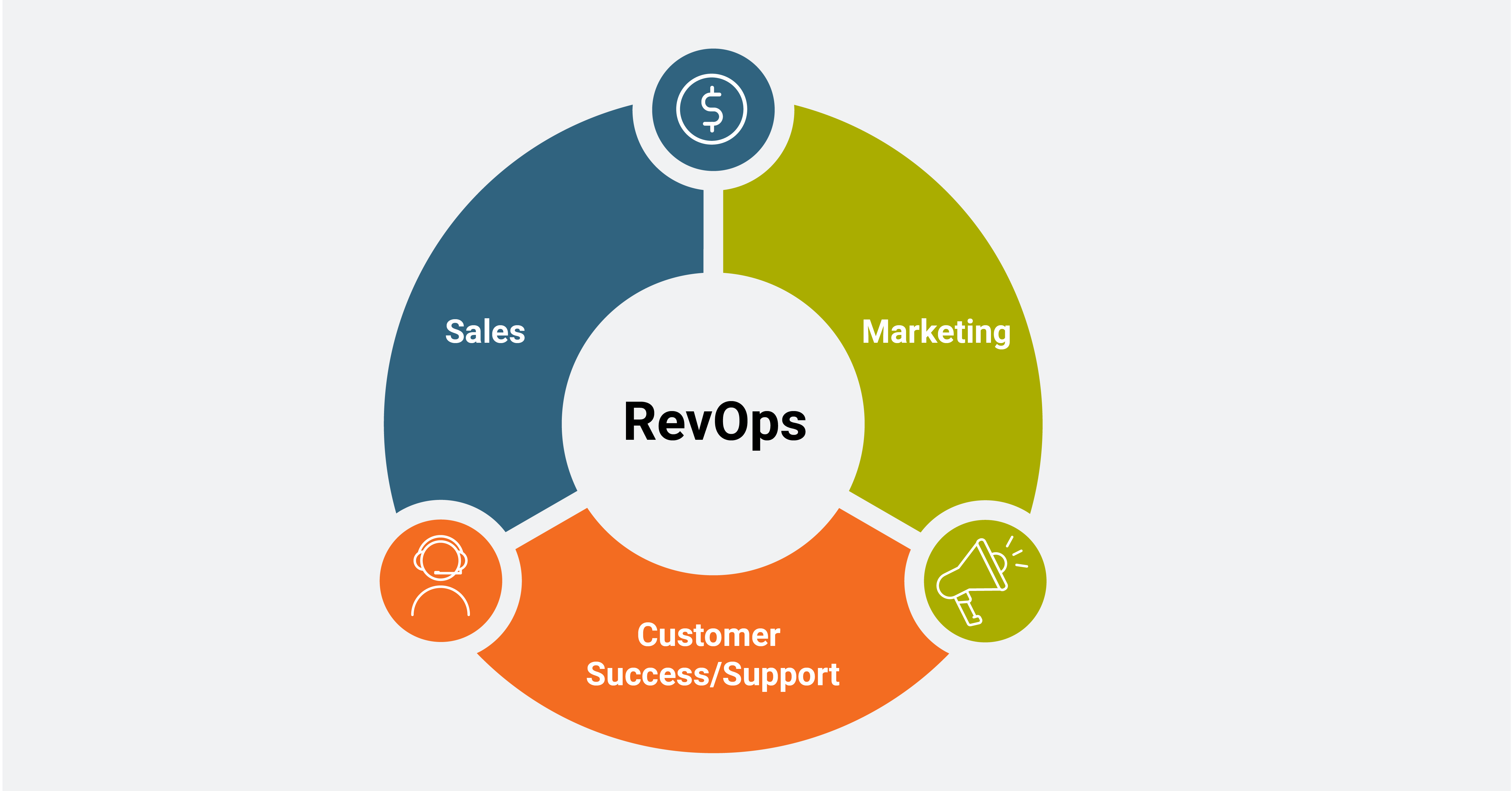Prices online are skyrocketing according to the latest report from the Adobe Digital Economy Index, which found that for July, there was a 3.1% increase year-over-year in the cost of goods on the web.
Adobe has been tracking online prices since 2014 and noted that online prices fell 3.9% on average each year from 2015 to 2019. Prices were up 2.3% year-over-year in June while offline prices also rose by 5.4% in July.
Vivek Pandya, lead analyst with Adobe Digital Insights, said online shopping is becoming more ubiquitous and consumers getting more accustomed to ordering everyday staples through eCommerce. Because of this, Pandya said Adobe expects online inflation will continue to rise and be in closer sync with offline prices.
“As the digital economy expands, online pricing trends will have greater impact on how we measure and understand inflation overall,” Pandya said. “Consider that in just the first seven months of 2021, consumers have already spent over $481 billion dollars online, a staggering 61 percent increase over the same period in 2019.”
The report attributes the increases to a surge in demand, supply chain constraints and a growth in categories that had more durable prices after the COVID-19 pandemic “reversed a predictable pattern in eCommerce where consumers were generally able to purchase goods cheaper online.”
“And while these price increases aren’t as steep as those offline, the upward trend shows no signs of slowing down. As eCommerce takes on a greater share of overall retail, online inflation is becoming a bigger concern for consumer pocketbooks,” Adobe said in a statement.
“Even as supply chain issues resolve, rising demand may lead to less discounting, as retailers look to preserve margins or offload fulfillment costs.”
Of the categories that the index monitors, each one rose in July except for one: office supplies. Non-prescription drug prices rose by nearly 6% in July while staples like groceries, personal care products and pet products rose more than 1% in July.
The report explained that computers and electronics typically get cheaper each year but that trend is slowly reversing. Before the COVID-19 pandemic, prices for computers were down by 9.24% but in July, the drop was only about 7%. Electronics saw an even steeper turn, falling only 2% after typically falling more than 9% on average before the pandemic.
“With a hot real estate market and consumers spending more time at home, online inflation in categories including furniture/bedding, home/garden, tools/home improvement, and appliances have sustained,” the report explained.
“The pandemic induced a shift in consumer behavior, with more people now comfortable ordering couches, gardening tools, and more online. With less dramatic discounting, compared to electronics and computers for instance, these categories will continue being a driver for online inflation if demand remains high.”




